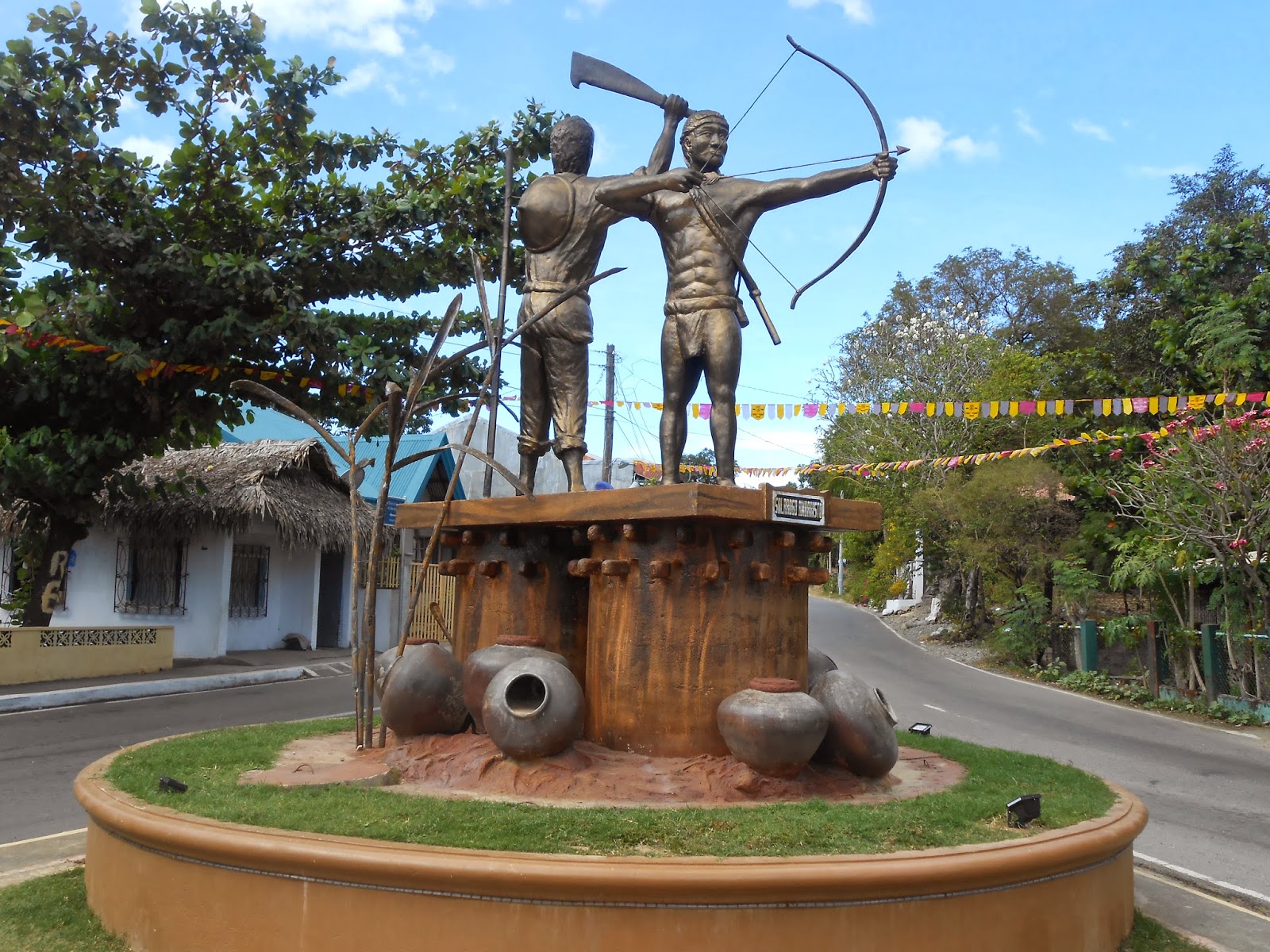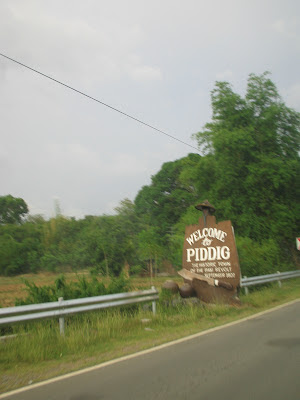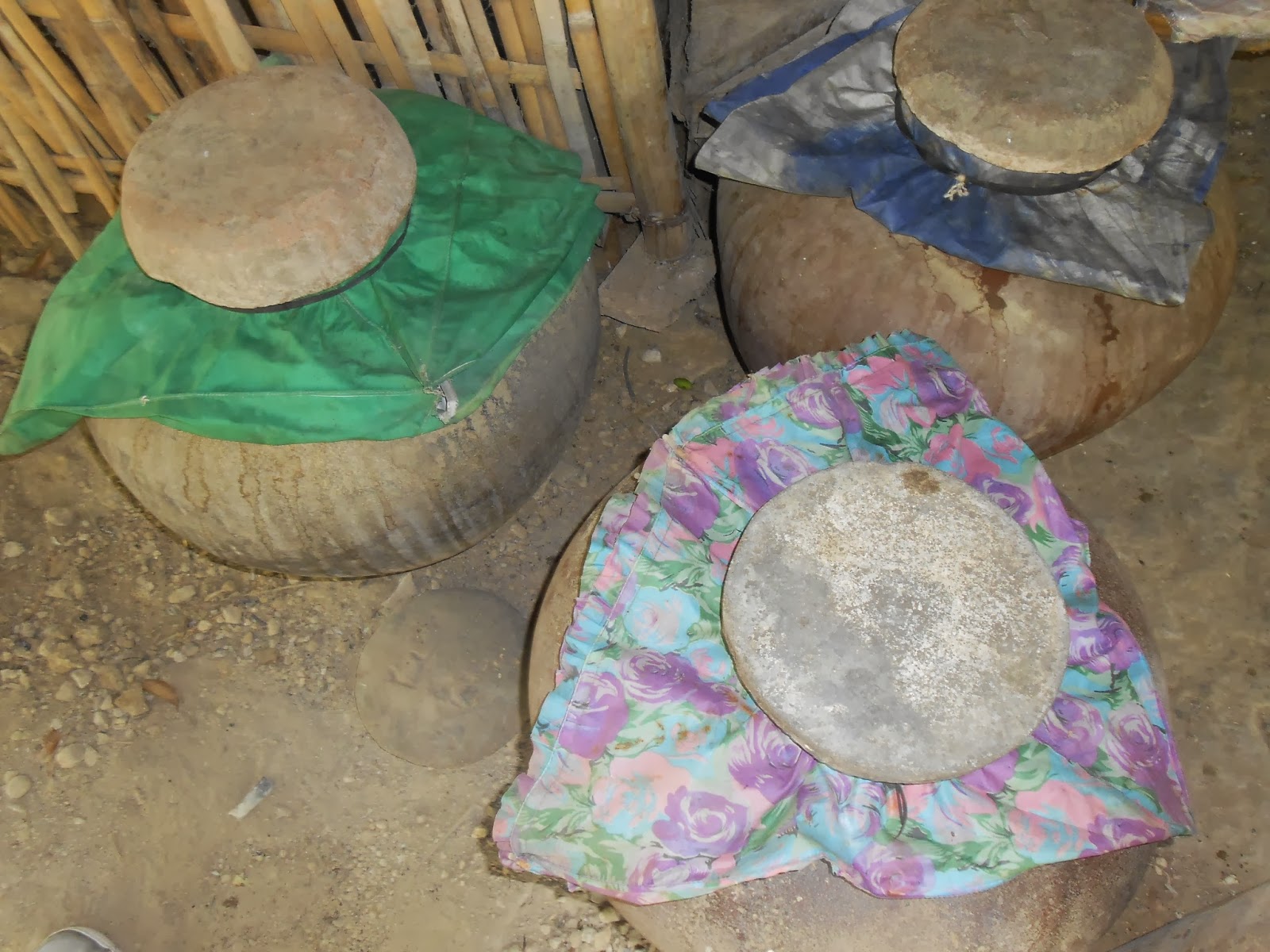FRESHWATER TURTLES
There are two types of turtles, the saltwater turtle and the freshwater turtle. I will focus my discussion on freshwater turtles.
Fresh water turtle lives in the forest, lakes, swamps or in fresh waters. They can be found near the bodies of water like falls and creeks. They spend their lives on hunting prey like small fish, worms, snails...Besides from these, they also eat plant leaves but it depends on their species.
During summer, they hide under the leaves of bushy plants and even to the buttresses of trees to hide from predators.
The town of Pagudpud in the northern part of Ilocos Norte Philippines, freshwater turtles still exist in the deep part of their rainforest. Due to the laws that is protecting the forest, these creatures can still live freely in their own habitat. Although policies are strictly implemented, the law officers cannot monitor and penetrate easily into the deep areas of the town, so there are still threats in their lives.
The number one threat in the lives of turtles are human. Human hunt them for food and medicine, local people believe that the flesh of turtle can cure respiratory deceases and will let a baby talk better words than to anyone who didn't..
In Batac City - Ilocos Norte, their river was once a place for the turtles to live. But after they constructed dikes along the edges of the Quiaoit river, the turtles found their lives as pet to the settlers.
One of my classmate- Leonel found a turtle near the waterways (canal ) in their house hiding under a taro plant (Aba-Iloco). Their house is beside the Quiaoit river, maybe this is one of the surviving turtles left in the river. He told me that he do not know how to take care of it so he rendered the turtle to me.
CARE:
Turtles need exercise and sunlight but not too much. They need both land and water to stay on.
Fresh water is their basic need, I discovered that my turtles will not poo unless they drink water and they are in water.
Food:
Turtles are omnivorous, meaning they eat vegetables and meat like humans do.
Turtles eat small fish, earthworms, super worms, insect, they love it when it is alive
beef, chicken meat, pork can be but not always, these should be tenderly cooked and serve in tidbits,
actually, in the wild they eat dead fish and other flesh of dead animals.
Turtles also eat vegetables, they even eat cooked rice,
they love to eat fresh leaves of sweet potato and "kangkong"
Deceases:
Rotting of shell - This occurs when they stay in unsafe water, their shell may be infected by bad microorganisms, the outer layer of the shell will peel.
The wound will penetrate and infect the whole shell if not cured.
Rotting of shell will not stop unless the wound will dry.
Applying pounded leaves of "makahiya" (Mimosa pudica) and antibiotics can be a remedy.
 |
| The white part of the shell is the scar of shell rotting. |
 |
| Adopted little Philippine box turtle from Pagudpud. | |
 |
| Philippine box turtle given by GJ and Hilario family. |
Soft shelled turtle..............................................Red eared slider
 |
| Alligator snapping turtle |
Pig-nose turtle..........................................................................Leaf turtle
 |
| Diamondback Terrapin |


















































